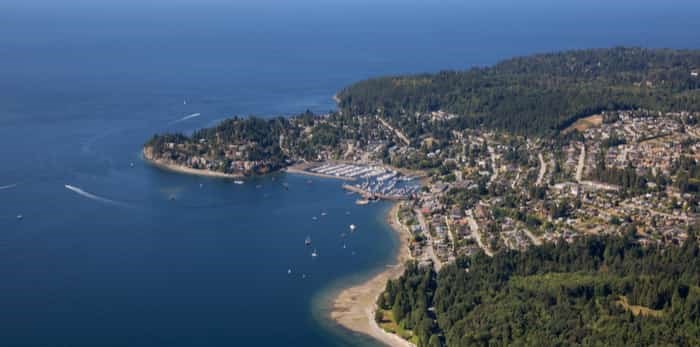School’s almost out for 2022, but the Statistics Canada numbers on education levels are in.
The latest batch of data from the 2021 census was published on Nov. 30, and included education levels for people 15 years and older in private households across Canada — and whether they worked from home. Previously released reports from the same census showed Coasters are older than the national average, how much income residents earned and increasing local diversity.
Compared to B.C.’s percentages in the 2016 census, increases were seen across some education levels such as in those earning their high school diplomas, post-secondary certificates, university certificates below bachelor level as well as bachelor’s degrees and higher. Decreases were seen in the trades, college-level certificates and the percentage of people with no certificate, diploma or degree.
Highest level of education
The biggest education category on the Coast showed 29.4 per cent had a high school diploma or equivalent certificate. That group was followed by 24.5 percent who had a bachelor’s degree or higher, then the 19.9 per cent who had college, CEGEP or a different non-university certificate or diploma. On the Coast, 11.5 per cent had no certificate, diploma or degree. In the trades, 4.3 per cent of Coasters had non-apprenticeship trades certificates or diplomas, while 6.2 per cent had an apprenticeship certificate. The education category with the fewest Coasters was those with a university certificate or diploma below a bachelor level at 4.2 per cent.
Based on gender, the percentages of education levels slightly differ on the Sunshine Coast. While Statistics Canada’s gender category includes men, women and non-binary people, it notes that some people may not identify their gender in the census and that a two-category gender is used to keep responses confidential, since the non-binary population tends to be small. When Statistics Canada reports with two gender categories, a plus symbol (+) notes non-binary people are included in that population.
Among the Men+ category, Coast residents had a higher percentage in the non-apprentice trades certificate (5.6 per cent) and apprenticeship certificate (11.4 per cent) categories than the women-identifying Coast residents (at 3.1 per cent and 1.6 per cent respectively). The Coast’s Women+ category, however, had a higher percentage in multiple categories: high school equivalent at 30.6 per cent, college degrees or similar at 22.3 per cent, university below bachelor at 5.7 per cent and bachelor-plus education levels at 26.2 per cent. Meanwhile, the Men+ category reported 28.1 per cent held a high school level or equivalent, 17.3 per cent obtained a college degree or similar, 2.4 per cent hold a university degree/certificate below bachelor, and 22.6 per cent held a bachelor degree or higher.
Where did Coasters work?
The census also revealed where people on the Lower Coast were working in 2021, whether it was from home, outside of Canada, no fixed workplace address or at their usual place of work.
Of the 13,905 residents who contributed their place of work status, the majority — 7,850 people — worked at their usual place of work. The next largest group, at 3,250, worked from home, followed by 2,785 working from no fixed address. Twenty-five Coasters reported working outside of Canada.



